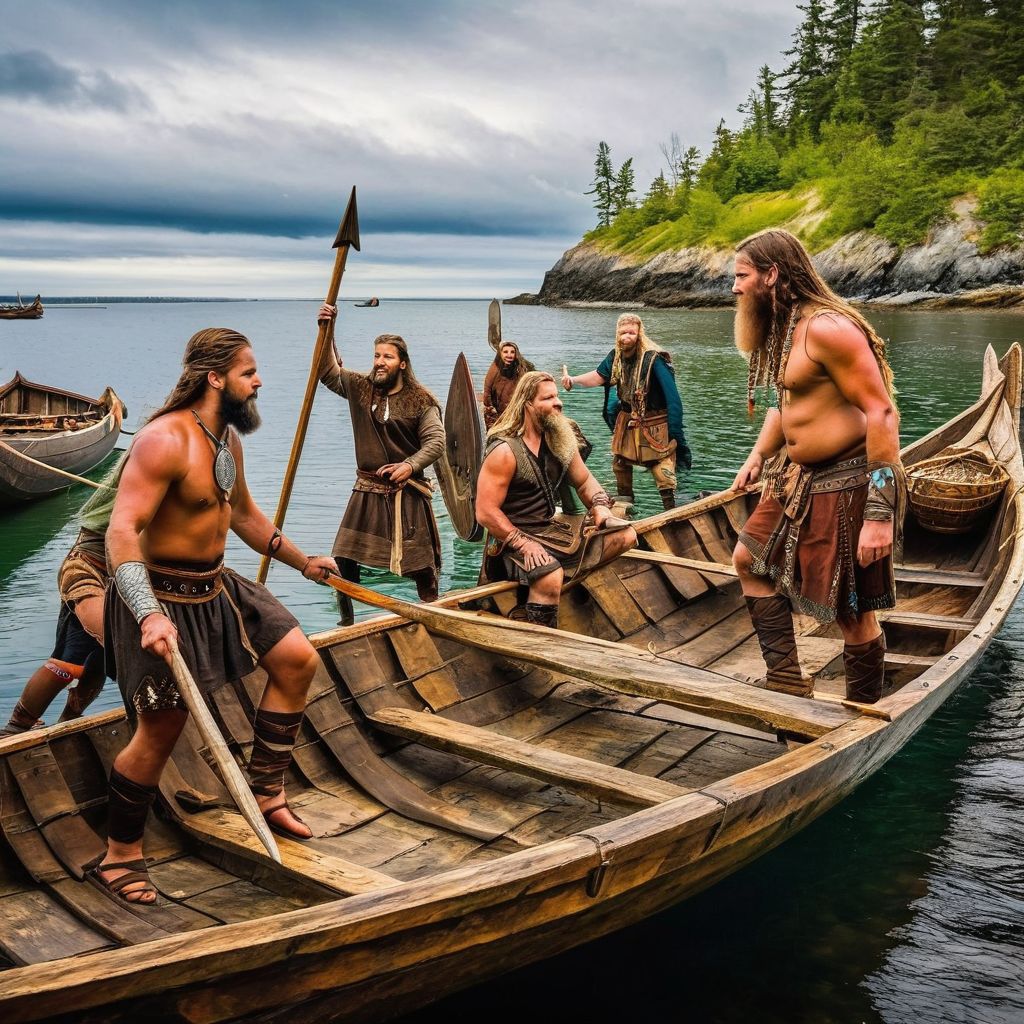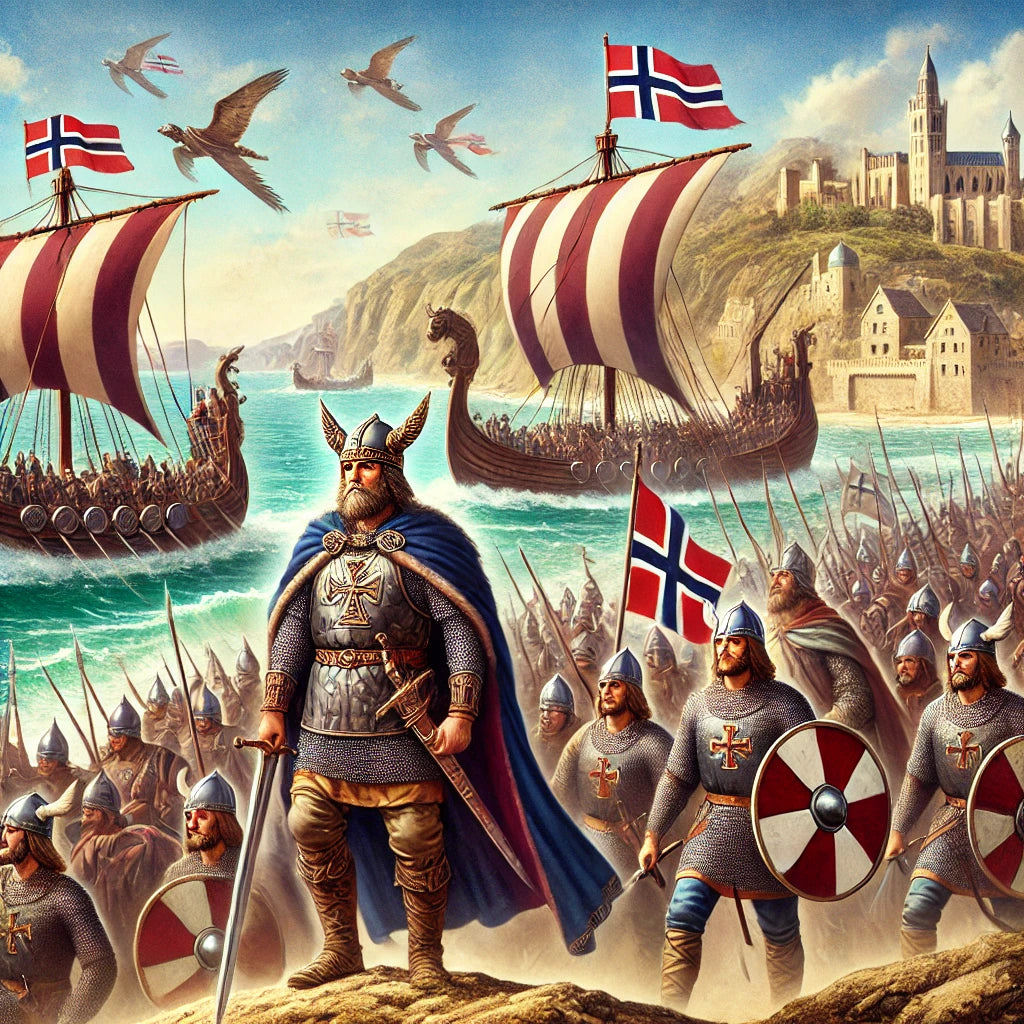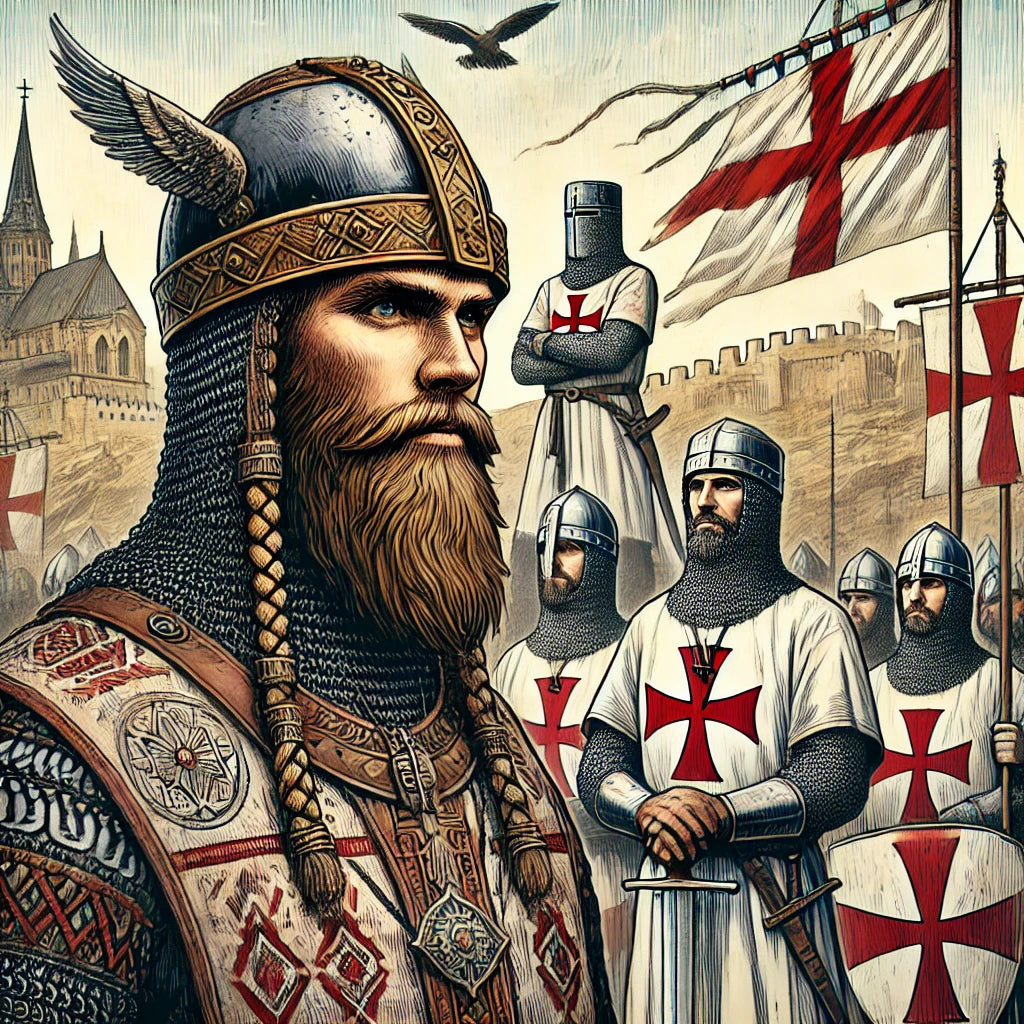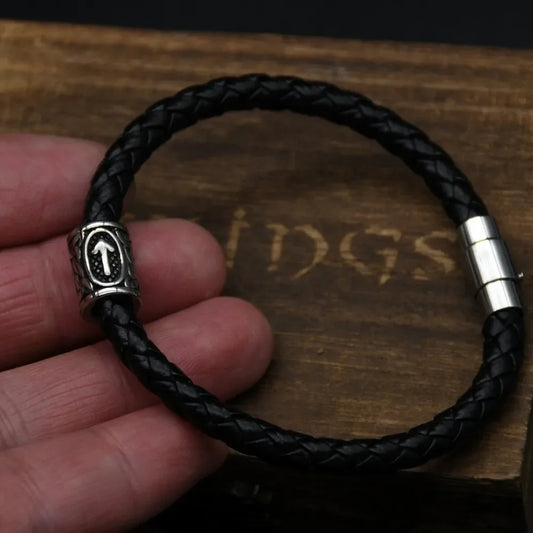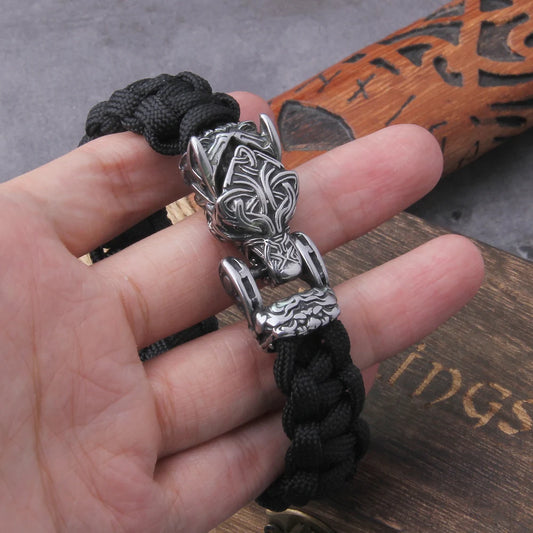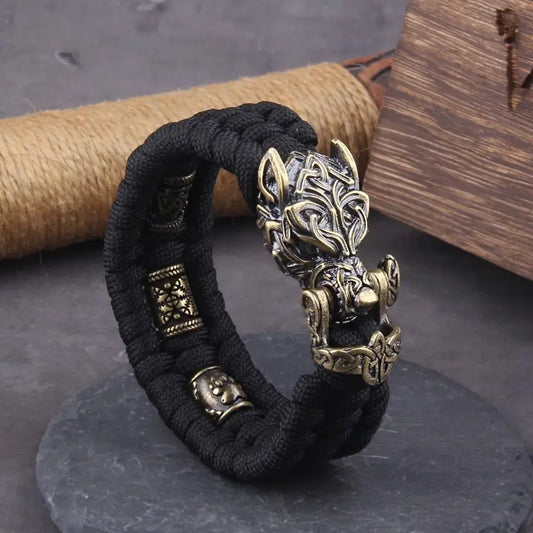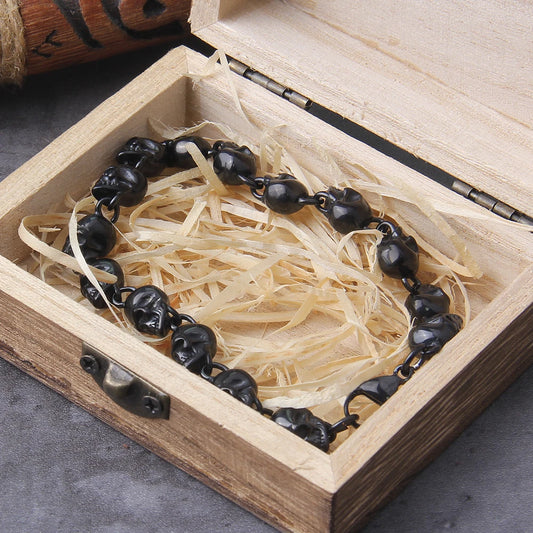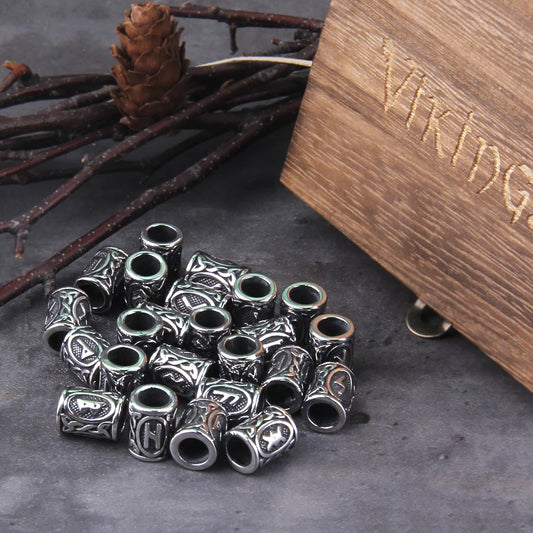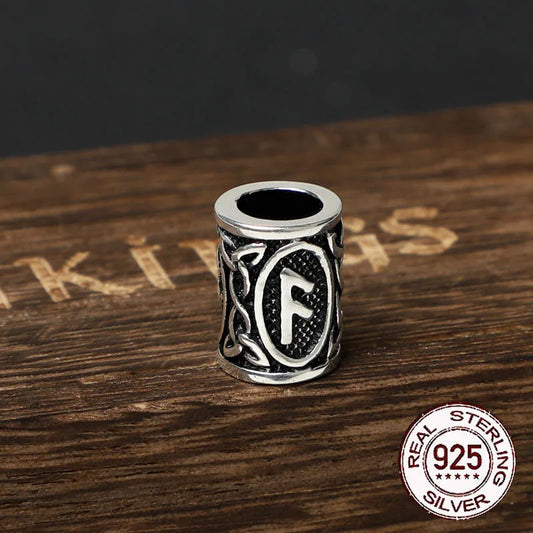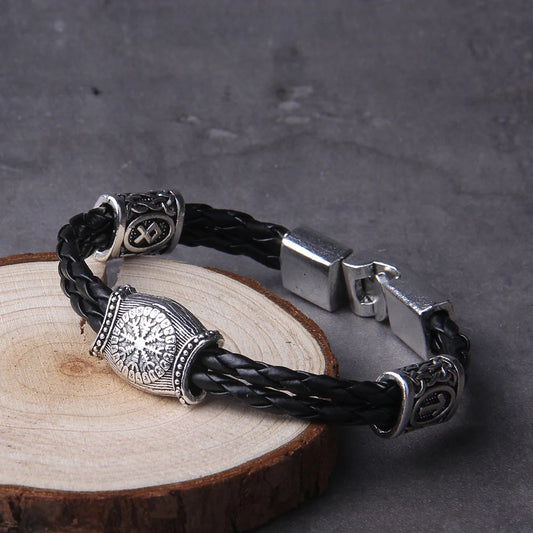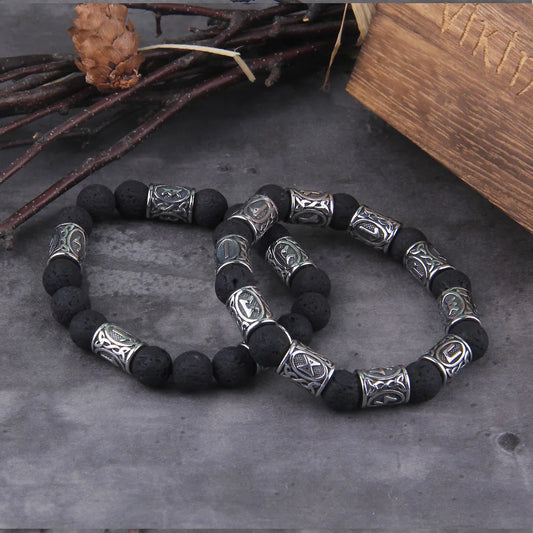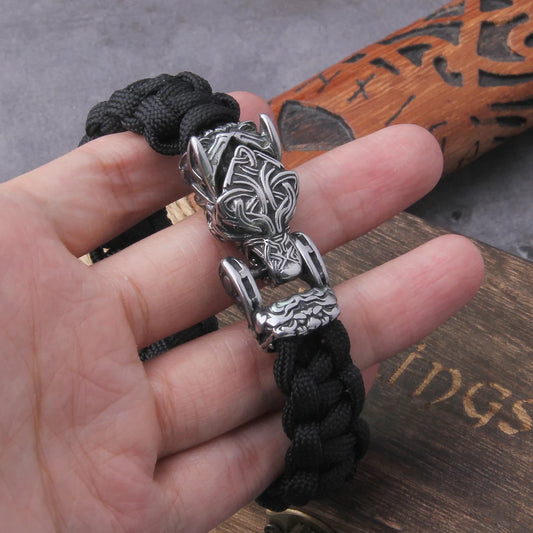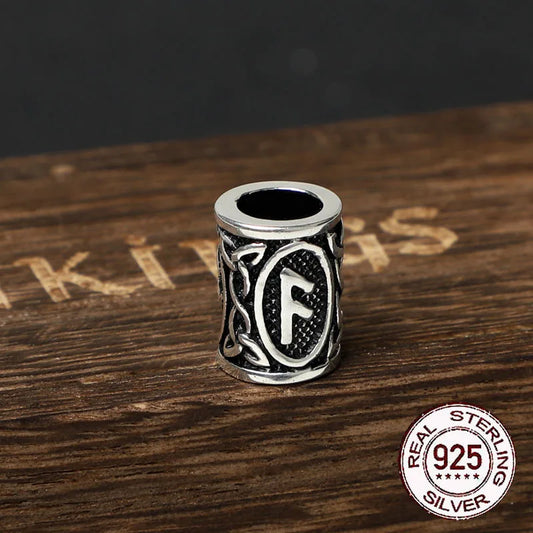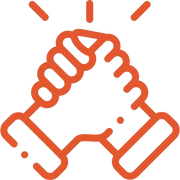Erik the Red (Norse: Eiríkr Rauði) (circa 950 to 1003 or circa 940 to 1010) was a Norwegian explorer. His name was Eirikr Thorvaldson (Eiríkr Þorvaldsson), but his contemporaries called him "the Red" because of the red color of his hair and beard.
He was banished from Iceland for murder, but went down in history as the founder of the first European colony in Greenland, an adventure that was later recounted in the Saga of Erik the Red.
He returned to Greenland with 500 settlers to found Qassiarsuk where Thjodhild, his wife, built a church. The sanctuary, as well as a Scandinavian house, was rebuilt on the edge of the Tunulliarfik fjord, in the heart of Greenland.
His son, Leif Erikson discovered and very temporarily established a colony on the even more westerly lands of Vinland, believed to be located on present-day Newfoundland.
History of Erik the Red
Þorvaldr Ásvaldsson, Eiríkr Rauði's father, was banished from Jaeren in Norway for murder and settled in northwestern Iceland around the year 970. Erik the Red was in turn banished from Iceland for murder when, after a conflict with a neighbor, Erik killed the latter in revenge.
He then leaves for lands that only a few Europeans had seen before him, and in particular Gunnbjörn Ulfsson, the first to have discovered them between 876 and 932.
Erik called this land, which had a more favourable climate at the beginning of the second millennium, Greenland (Grønland in Danish "green land") in order to attract as many settlers as possible. He settled around the present-day town of Qaqortoq.
Back in Iceland after the three years of exile he spent exploring the eastern coast of Greenland, he prepared the colonization of the lands he had discovered.
He left between 985 and 988 with a fleet of about thirty knörir, the Viking ships of the time, and settled at Eystribyggð between Cape Farewell and the Arctic Circle.
The first settlers numbered 45 and their number later rose to about 5000, due to the attraction of the Icelanders for this new land where the land was more interesting than on the overpopulated island of Iceland.
The new inhabitants were divided into two settlements, both located at the bottom of fjords on the southwest coast (called Eystribyggð: eastern settlement and Vestribyggð: western settlement; on the sites of the present-day towns of Nuuk and Qaqortoq). They organized themselves politically on the Icelandic model and Erik became the supreme chief of Greenland, rich and respected.
At the same time, Erik remained firmly attached to the Norse religion, unlike his wife Þjóðhildr (Thiodhild) who converted to Christianity. At the same time, the colony itself became Christian and it was Erik's wife who built the first church in Greenland, the remains of which still exist today.
End of life
Leif Erikson, his son, was the first Viking to discover America, which he named "Vinland". He invited Eri to join him. However, according to the legends, Erik fell just before his horse's journey, saw this fall as a bad sign and finally decided to let his son go without him.
He then stayed in Greenland until his death from an epidemic, around the year 1010. Icon of the beginning of the Scandinavian myth in Greenland, he will fade away little by little when the last Scandinavian settlers will disappear from the frozen continent towards the end of the 14th century, victims of a cooling climate, fights with the Inuits and famine.
Descendants
The medieval Icelandic tradition tells that Erik had four children, three sons: Leifr (Leif), Þorvald (Thorvald) and Þorsteinn (Thorsteinn) and one daughter: Freydís.
She was the daughter of a second wife. According to Scandinavian tradition, Leifrs was the second European to discover the lands of what he called Vinland (probably Newfoundland) ; about thirty years after Bjarni Herjólfsson who apparently only saw them. Leif invited his father to join him in Vinland after he had established a colony there, but Erik did not follow him.

